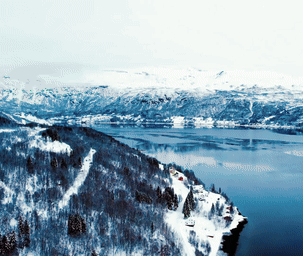Norway clarifies closed-containment rules at sea, creates reduced-capacity option in red zones
Norway’s Directorate of Fisheries has adopted a regulation that permits production in closed containment units at sea at reduced capacity, provided systems meet requirements for stocking density, filtration efficiency, escape prevention and documented performance. The change creates a compliance route for farmers operating in areas classified as red under the country’s traffic light system.
How does Norway’s traffic light system for salmon farming work?
Norway’s traffic light system rates coastal production zones green, yellow or red based on estimated impacts from sea lice on wild salmon. Green zones allow growth in permitted biomass. Yellow zones are held steady. Red zones require reductions. The new rule does not change a zone’s color or the obligation to cut biomass in red zones. It allows farmers to retain part of their output if that production is moved into approved closed units that satisfy the technical criteria. The trade-off is lower allowed volume than open pens in green or yellow conditions.
Equipment supplier Bluegreen has said its closed, floating Marine Donut unit complies with section 15 of the regulation. The company said the design draws intake water below the lice belt with optional UV treatment, uses sealed construction with double barriers on inlets and outlets to prevent escapes, and collects sludge and feed waste. Bluegreen positioned the unit for two uses: maintaining some production in red zones under the reduced-capacity provision, and post-smolt production to shorten time in open sea pens.
According to the company, Marine Donut has completed two production cycles totaling almost 2,000 tonnes of harvest fish, with no lice treatments, low mortality, strong growth and a high superior-grade share. These outcomes are company-reported and have not been detailed by the regulator in the rule notice.
Bluegreen said a Marine Donut 2.0 model has been developed and that manufacturing capacity is being expanded in Norway and Canada.


